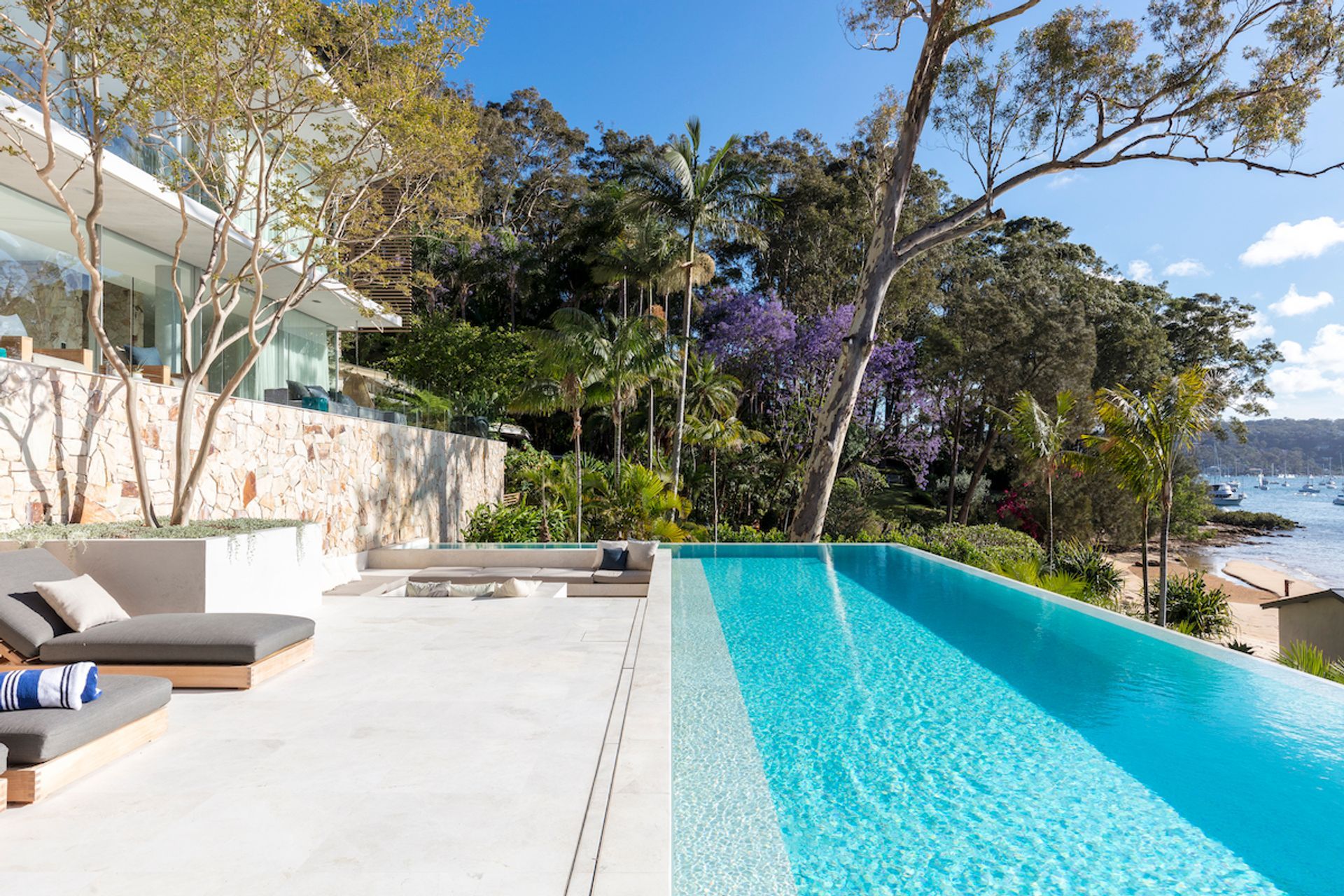Should I Build A Pool Before Or After I Build My House?

Should I Build A Pool Before Or After I Build My House?
There are many advantages to installing a swimming pool at the same time as you build your home. Here, we discuss the benefits if you were to build a pool and the house simultaneously. We’ll also outline what you’ll need to consider and some of the reasons homeowners choose to delay the pool install.

The Advantages Of Building At The Same Time
1. A Complete, Move-In-Ready Project
One of the main reasons people opt to build a pool and home together is that they’ll have a move-in-ready property once finished. They can say goodbye to the trades, mud and noisy machinery allowing them to enjoy their home in peace.
2. A Well-Considered Plan
Designing and building the pool and home as one project allows for an overall cohesive design. You don’t have to necessarily make compromises on the pool’s location because of the home’s footprint, pipework, easements or other imposing factors. There also can be a stronger relationship with the pool from inside the home in regards to views and access.
3. Consistent Finishes
By building a pool at the same time as your house, you can choose finishes and materials that will match those in and around your home. For example, you may run the same stone flooring from inside the house to around your pool or use the same timber as a feature wall. You may use the same outdoor lighting scones around your pool as you have on your buildings facade or an outdoor shower in the same collection as your interior tapware. If you opt to build your pool later, there is no guarantee these finishes and materials will be available to create a consistent look.
4. Lessen The Visual Impact Of A Pool Fence
For safety reasons, pool fences are an important aspect of any pool build and must comply with the local regulations. If you’re designing your pool in conjunction with your home you can lessen the visual impact of the fence by planning it together.
5. Managing The Logistics
The logistics of building a pool after your home can be great depending on your site and access. If you’re installing a fibreglass pool, for example, you may need to crane the shell over your home to the desired position. If you’re building a pool from scratch, getting equipment into the yard may prove challenging.
6. Reduced Costs
In most cases, building your pool at the same time as your home can minimise the cost of your project. You may be able to engage the one contractor to manage and carry out both builds which could reduce your overall construction costs. You even may be able to excavate both areas at the same time or the interior and external electrical can be connected all at once.
7. Minimise Destruction Of Existing Areas
Building a pool is a big task and one that is likely to lead to the destruction of areas such as the landscaping and even your driveway or paths. You may need to remove boundary fencing or existing decking and stone paving to install the pool. While the contractors will make every effort to avoid damaging existing areas of your landscape, it’s almost guaranteed you’ll need to replant or restore some parts of your property once the project is complete.
8. Streamlined Finance
There’s no doubt one of the disadvantages of building a pool at the same time as the home is the increased upfront costs. Although it might save you some money in the long run, it may simply not be feasible to carry out both projects at the same time. For some, financing the pool through the one mortgage is much less hassle than organising an additional loan for home improvements later down the track.

What To Consider When Building The Pool And House Together
Before you build a pool at the same time at you create your home, take a look at these factors that can help streamline the process:
Open Communication
In the event you are using two separate contractors to build a pool and the house, you’ll want to ensure there is open communication. This will help maximise the use of the individual trades such as the plumber and electrician as well as help avoid unnecessary problems, costs and disagreements.
Site Survey And Levels
As you won’t have a reference point to line the pool up with the house, getting a survey to correctly position the boundaries, pool and house may prove invaluable. It will also be beneficial in ensuring the levels for both the pool and house are matching so you don’t require additional excavation, fill or foundations.
Locate Your Pool Early
Locating your pool early in the planning stage will ensure your builder keeps any underground pipes and services away from the pool area and you won’t have to relocate these services.
Confirm Power Requirements
Having your pool builder confirm the exact power requirements for your pool’s electricals early on can help you streamline the electrical works and save on costs.
Work With Your Designers
Work together with your landscape designer and architect to choose the finishes and materials for both areas. If you have chosen items such as your pool tiles, it’s always beneficial to show the product to your architect or interior designer so you can enjoy a cohesive design.
Temporary Fencing
Depending on the proximity of your pool in relation to the house you may require temporary fencing to provide adequate safety. It’s crucial you co-ordinate the fences installation and the expenses with your building team to avoid unnecessary delays.
